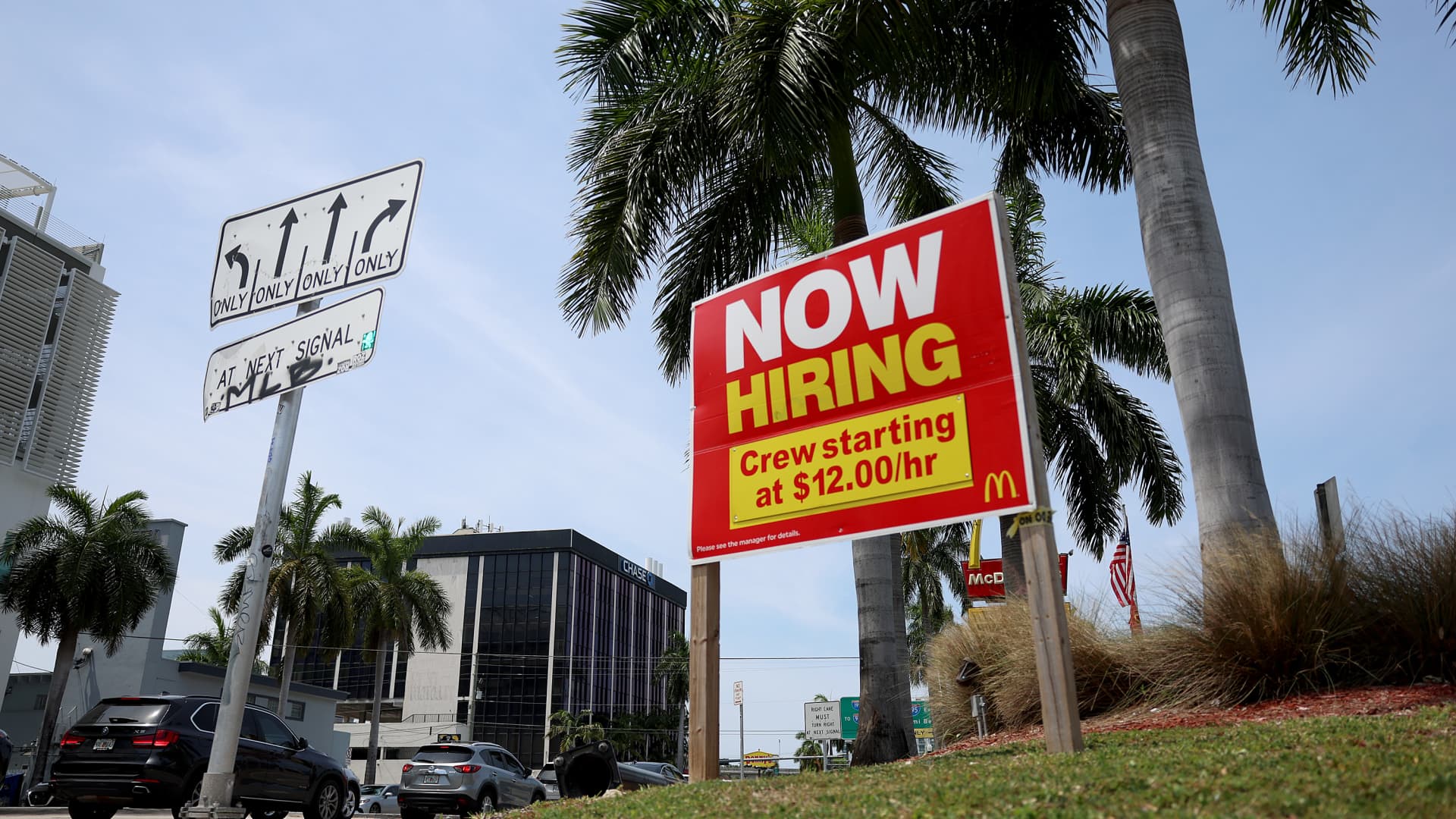A “stablecoin” is a type of cryptocurrency whose value is pegged to another asset class, such as a fiat currency or gold, to stabilize its price.
Cryptocurrencies such as bitcoin and ether offer a number of benefits, and one of the most fundamental is not requiring trust in an intermediary institution to send payments, which opens up their use to anyone around the globe. But one key drawback is that cryptocurrencies’ prices are unpredictable and have a tendency to fluctuate, often wildly.
This makes them hard for everyday people to use. Generally, people expect to be able to know how much their money will be worth a week from now, both for their security and their livelihood.
Cryptocurrency’s unpredictability comes in contrast to the generally stable prices of fiat money, such as U.S. dollars, or other assets, such as gold. Values of currencies like the dollar do change gradually over time, but the day-to-day changes are often more drastic for cryptocurrencies, which rise and fall in value regularly.
Stablecoins in a nutshell
Stablecoins try to tackle price fluctuations by tying the value of cryptocurrencies to other more stable assets – usually fiat currencies. Fiat is the government-issued currency we’re all used to using on a day-to-day basis, such as dollars or euros.
Usually, the entity behind a stablecoin will set up a “reserve” where it securely stores the asset or basket of assets backing the stablecoin – for example, $1 million in an old-fashioned bank (the kind with branches and tellers and ATMs in the lobby) to back up one million units of a stablecoin.
This is one-way digital stablecoins are pegged to real-world assets. The money in the reserve serves as collateral for the stablecoin – meaning whenever a stablecoin holder wishes to cash out their tokens, an equal amount of whichever asset backs it is taken from the reserve.
There is a more complex type of stablecoin that is collateralized by other cryptocurrencies rather than fiat yet still is engineered to track a mainstream asset like the dollar.
Types of stablecoin collateral
Using this framework, stablecoins come in a range of flavors, and the collateralized stablecoins use a variety of types of assets as backing:
- Fiat: Fiat is the most common collateral for stablecoins. The U.S. dollar is the most popular among fiat currencies, but companies are exploring stablecoins pegged to other fiat currencies as well, such as BiLira
, which is pegged to the Turkish lira. - Precious metals: Some cryptocurrencies are tied to the value of precious metals such as gold or silver.
- Cryptocurrencies: Some stablecoins even use other cryptocurrencies, such as
ether
, the native token of the Ethereum network, as collateral. - Other investments: Tether’s USDT
was once supposed to be backed 1-for-1 with dollars but its collateral mix has shifted over time and in a breakdown provided in 2021 the company said nearly half its reserves are in commercial paper,
a form of short-term corporate debt. It has not disclosed the issuers of this paper but claims
it is all rated A-2 or higher (A-2 is the second-best grade available for a corporate borrower from credit rating agencies like Standard & Poor’s). Circle’s USDC
, similarly, lists unspecified “approved investments” alongside accounts at federally insured banks (notably, it does not say whether the accounts themselves are insured) in its monthly disclosures
.
Popular Stablecoins
- Tether(USDT)
- USD Coin(USDC)
- Binance USD(BUSD)
- Terra USD(UST)
- Dai(DAI)



















Discussion about this post